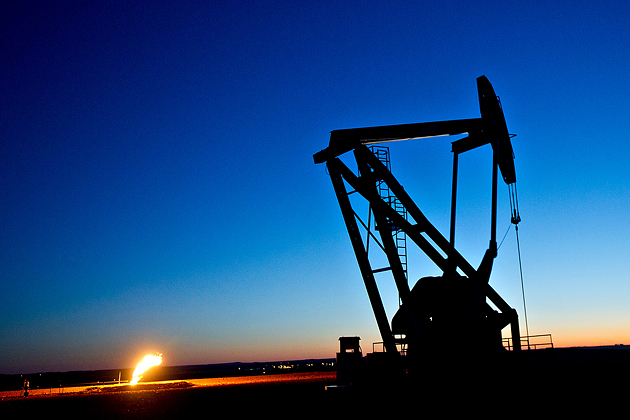Economy
Iran’s Oil Deal and the Struggle Ahead

The Iran nuclear deal negotiated by the 5 permanent members of the UN Security Council, US, UK, Russia, China, and France plus Germany defuses the long-standing tension between Iran and the West, potentially changing the political landscape of the Middle East. But what about Iran’s oil and its impact on the economic landscape?
For years Iran’s economy has been crippled by US sanctions, and this includes its oil production. Iran has the 4th largest oil reserves in the world, coming in at an estimated 158 billion barrels, but lack of investment has led to a serious decline in production capacity. In 2008 Iran’s oil fields produced 4 million barrels of oil a day, in 2015 it’s down to 2.8 million barrels. Today its markets have diminished with exports going mostly to China, India, Japan, South Korea, and Turkey.
The question now is how much, if any, will Iran’s resurgence impact oil prices? There are two issues – how much they currently have in storage and what they can ramp up in terms of production. Iran does indeed have oil sitting there – stored mostly in tankers off the coast. However, Citigroup’s head of commodities research Edward Morse described the amount of oil in tankers as a bit misleading. “Of that 40 million barrels or so roughly two-thirds is either condensate or condensate blended crude oil. The condensate can be exported under the sanctions regime, so the question is why has it not been exported, and the answer is almost certainly that it is so high in sulphur content that no refinery anywhere in the world wants to take it on, except at a very steep discount. So I’d say two-thirds of that 40 million barrels is not really overhanging the market, only one-third is.”
So we are talking 13 million barrels, which is hardly going to have a dramatic initial impact. It will also be 6 months before sanctions are realistically lifted. Iran will be unlikely to want to unload it all at once and crash prices. It’s possible other countries may also increase their production to hold market share which will lead to the price being driven down.
The International Energy Agency (IEA) estimates that Iran could potentially increase its product to 3.5 million barrels per day “within months of sanctions being lifted.” Others such as Richard Nephew (who served as lead sanctions expert for the US team negotiating with Iran) are less sure. He describes Iran’s oil producing infrastructure as plagued by “fatigued fields and antiquated equipment.” Some estimate the cost of getting Iran’s production back to pre-sanction levels as between $50 billion and $100 billion – which will need to come from foreign investment. This could take years, as high in investors’ minds will be the risk of the nuclear deal falling over and sanctions being reimposed.
Iran wants to recover its position as the number 2 oil producer in the world after Saudi Arabia, and this could conceivably be good too for the West – with oil prices being pushed down, but the bottom line is any dramatic changes are many years, some might argue decades off. In the short term, the impact of the nuclear deal is simply this: prices are unlikely to increase. According to Thomas Pugh, commodities economist at consultants Capital Economics, “the return of Iranian oil exports over the next year is one factor likely to keep oil prices low.”